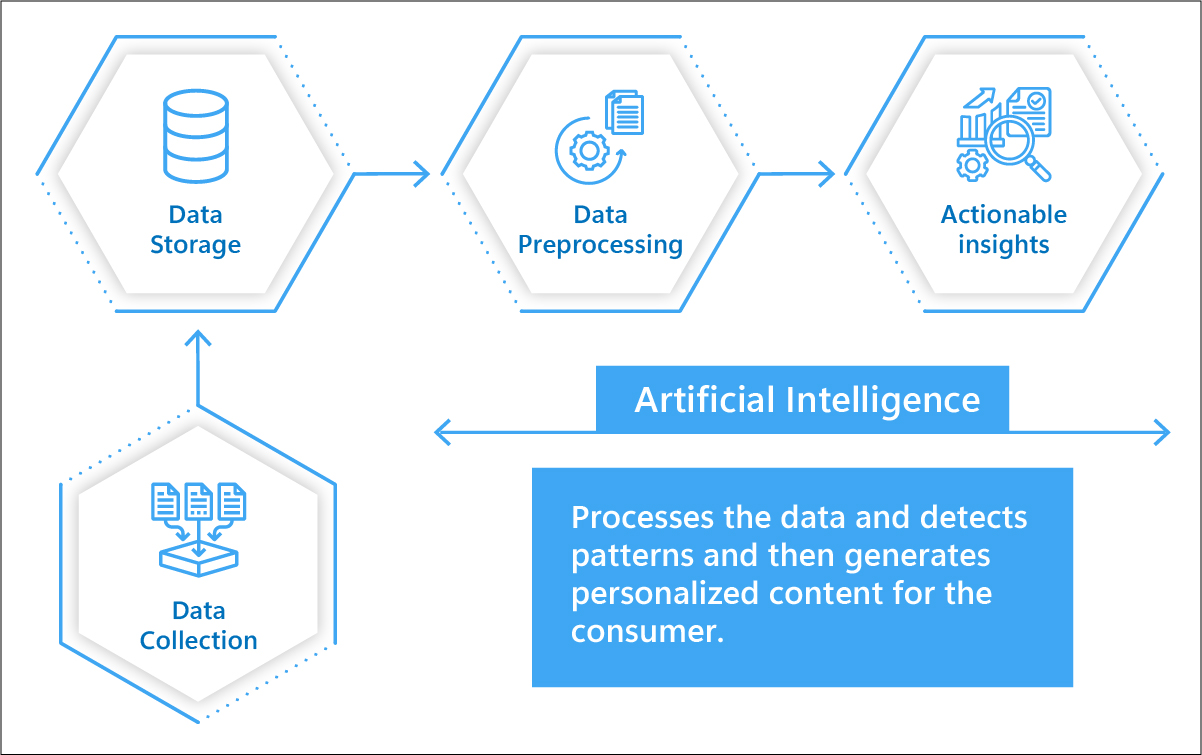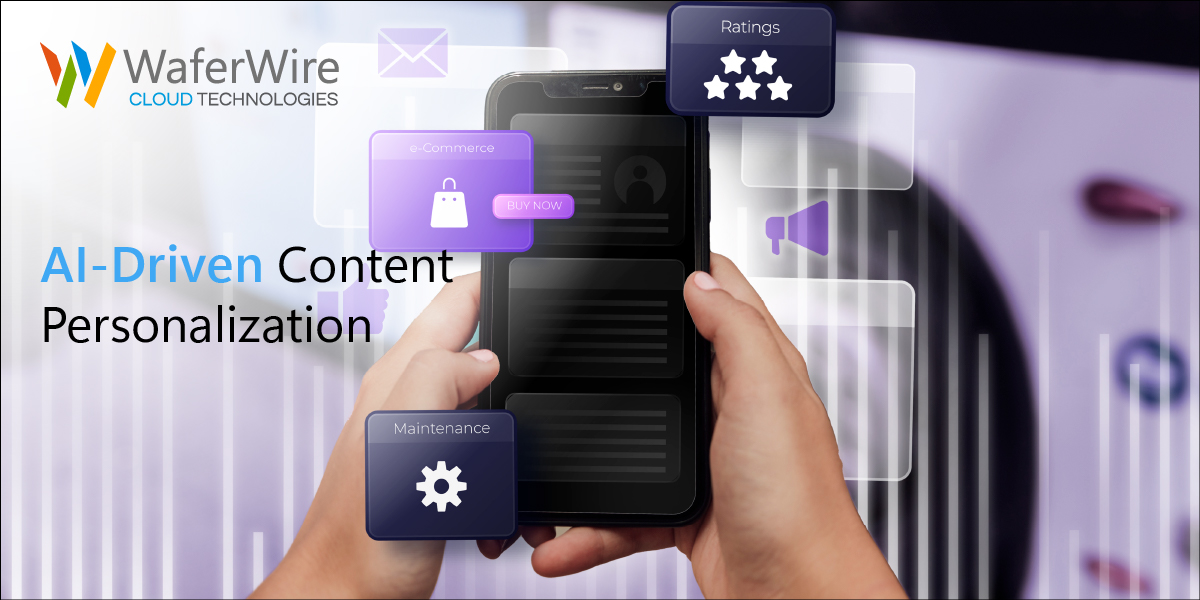The COVID-19 pandemic pushed us to rely more on technology as customers shifted to digital channels with enhanced personalization.
If you remember, during lockdowns and social distancing, we increasingly turned to online shopping for our daily needs and non-essential items.
But what kept us engaged and seemed convenient on their online platforms was-
- Personalized recommendations
- Tailored product suggestions
- User-friendly interfaces

Fig. Customers also bought these products- Walmart

Fig. Trending items- Walmart

Fig. No result recommendation- All Backyard fun
So, as a customer, which brand are you more likely to shop online?
The answer is simple. You would prefer brands that offer exciting deals and recommendations to you.
Therefore, businesses like yours are required to have a 360-degree personalization framework. After all, marketers reap a treasure trove of benefits from personalization:
- A whopping 97% reported a boost in sales revenues.
- 64% enjoyed the perks of enhanced customer experiences.
- Conversion rates soared for 63% of marketers.
- A noteworthy 55% saw an upswing in visitor engagement.
So, your brand must:
- Build trust.
- Build loyalty.
- Deliver streamlined experiences.
- Fulfill their unique wants and needs.
So, what must you do to ensure an enhanced customer journey?
The answer is AI.
You’re undoubtedly familiar with Netflix – the streaming giant. It was and still continues to be a beloved source of entertainment. But do you ever wonder how Netflix magically predicts what you want to watch next or why it recommends specific shows or movies tailored just for you?

Fig. Netflix
The secret lies in Artificial Intelligence (AI) and data analytics. Let’s drill down a bit more. But before that, let’s see what AI in content personalization is all about.
Technically, AI in content personalization is about how a brand like yours offers tailored experiences to its consumers by creating personalized content at the right time with the help of Machine Learning algorithms and other intelligent technologies.
Let’s say your consumer is shopping online for clothes. The website they’re on uses AI for content personalization. Here’s how it works:
- Data collection: The website collects their data. Example: The types of clothes they bought in the past or are currently looking for, their preferred colors and size.
- Analysis: Machine Learning (ML) algorithms and other intelligent technologies analyze all this data. For example, the algorithms will analyze the likes/dislikes of their purchases and scrolls, and the algorithm will try to find a pattern.
- Personalized content: Based on the findings, AI shows the relevant content to them. Example: Suggestions based on their color preferences or similar styles they bought in the past.
With AI in content personalization, your consumers get a tailored experience whenever they interact with your brand. It gives them the feel that your brand knows their style and preferences.

Fig. AI in content personalization
Let’s get back to our Netflix example and see how they leveraged AI to personalize content.
- Content recommendation: Netflix’s recommendation algorithm is one of the most famous implementations of AI. By analyzing user data, such as viewing history and ratings, and even when users pause or rewind a show, Netflix uses AI to suggest content that viewers are likely to enjoy. This level of personalization keeps users engaged and encourages them to spend more time on the platform.
- Dynamic thumbnails: Netflix employs AI to create dynamic thumbnails that display scenes or characters relevant to individual users’ tastes. This enhances the visual appeal of content and increases the likelihood of users clicking to watch.
- Content creation: Netflix uses AI to analyze viewing habits and preferences to determine what types of content to create. For instance, they used data insights to identify the popularity of Spanish-language content and produced series like “Money Heist” to cater to that demand.
Now, let’s delve into how your organization can leverage the power of AI in content personalization.
- Understand your data: Start by comprehending the data you have and its utilization (What, why, how). Identify the type of data you collect and ensure it is clean and structured. For example, if you are an e-commerce company, you can collect data on user browsing behavior, cart abandonment, and purchase history.
- Personalized marketing: Use AI to personalize marketing messages. For instance, if you are an online fashion retailer, you can send customized email recommendations based on a customer’s past purchases and browsing history. AI algorithms can determine the most relevant products to showcase.

Fig. Personalized Marketing- Amazon
- Chatbots and virtual assistants: Implement AI-powered chatbots or virtual assistants on your website or in customer service. They can answer customer queries, provide support, and offer personalized recommendations. For example, if you are a travel agency, you can use a chatbot to help customers find their personalized vacation packages.

Fig. Chatbot for Emirates Vacations
- Recommendation engines: If you have a content platform, e-commerce site, or a similar business, invest in recommendation engines. These AI systems can suggest products or content that are highly relevant to individual users. You can see how this is employed effectively in the Netflix example.
- Predictive Analytics: Predictive analytics can help forecast future trends and customer behavior. For instance, if you have a grocery store, you can use predictive analytics to stock inventory based on historical sales data and seasonal trends.
- A/B testing: Employ A/B testing with AI. Test different versions of your website, app, or marketing materials with various user segments, and use AI to analyze which versions perform better. Make improvements based on these insights.
- Customer service and support: Implement AI-driven customer support. Chatbots can handle routine customer inquiries, leaving human agents to focus on complex issues. For example, an insurance company can use a chatbot to help customers file basic claims.

Fig. Insurance bot- Haptik Solutions
- Data Security: Ensure maintenance of high data security and privacy standards when using AI. Customers need to trust that their data is being responsibly handled and used.
In summary, with AI, your brand can deliver tailored experiences that keep your customers engaged and coming back for more. So, what are you waiting for? Embrace the power of AI in content personalization and take your user engagement to the next level. Your customers are ready for it!
